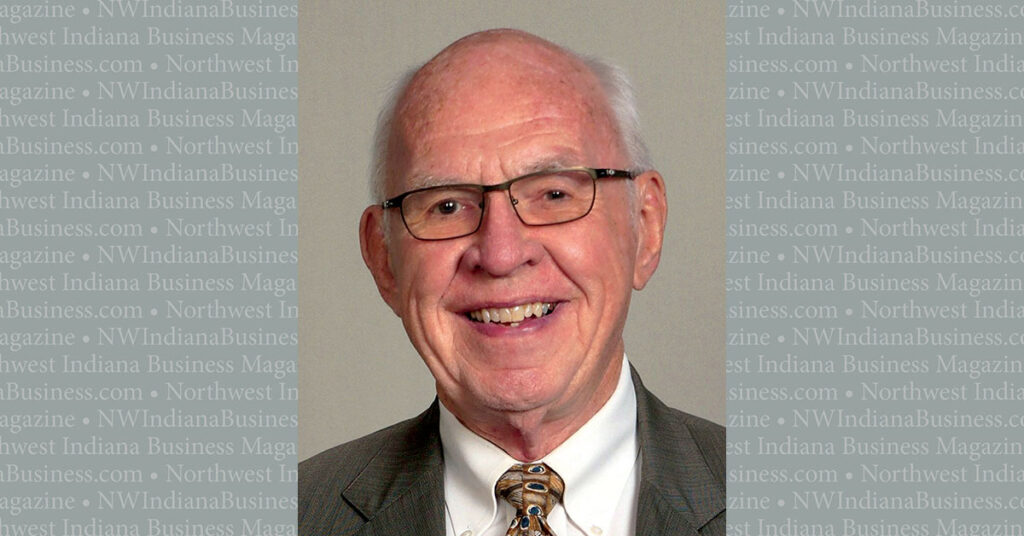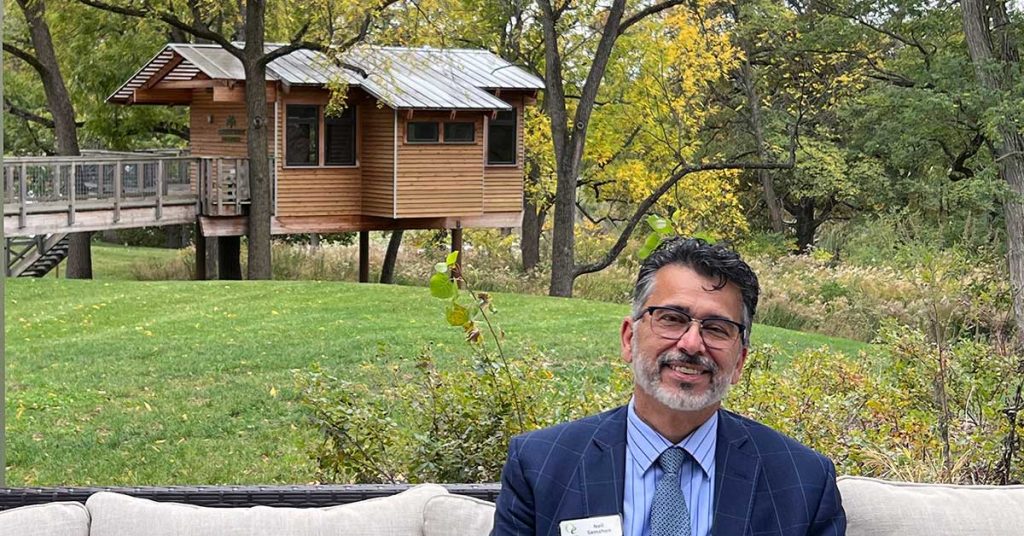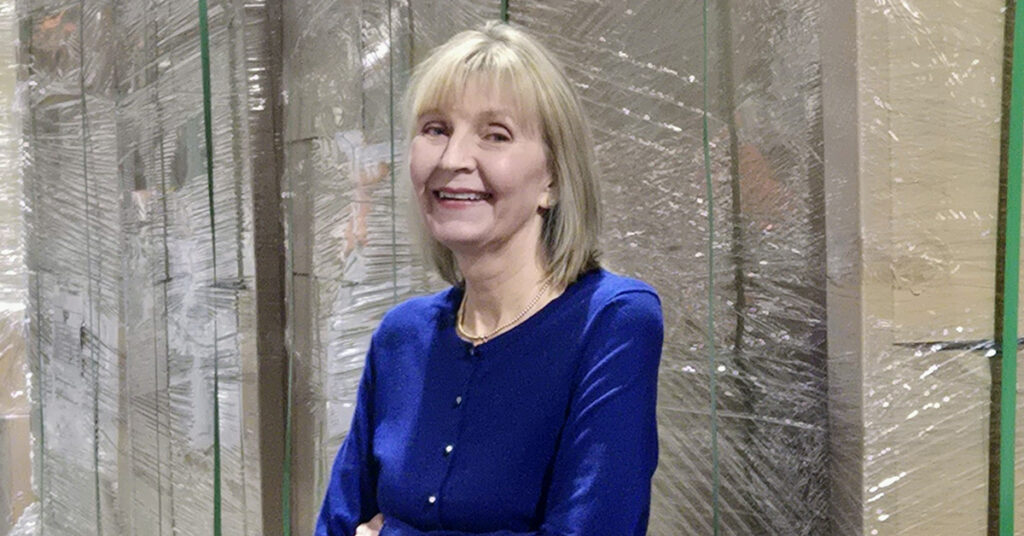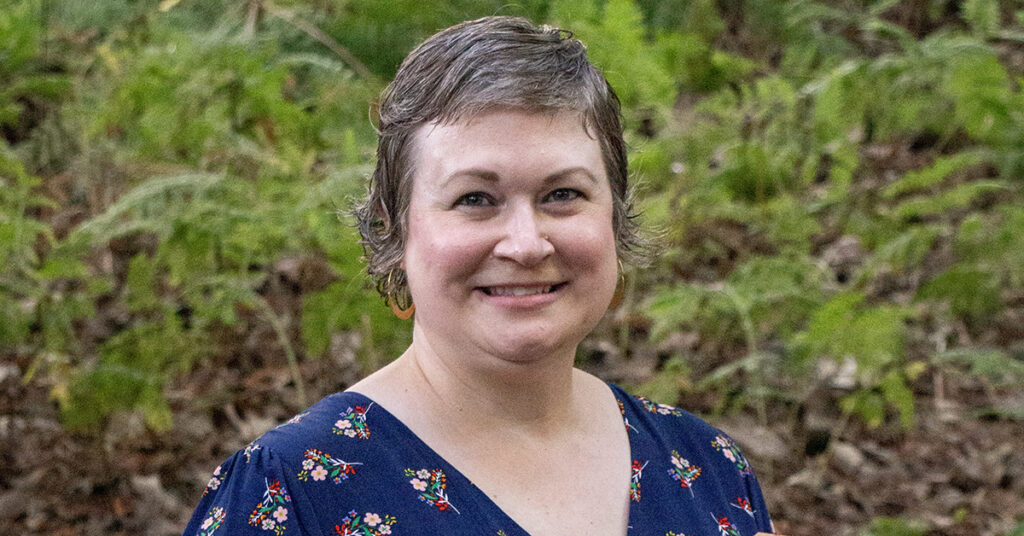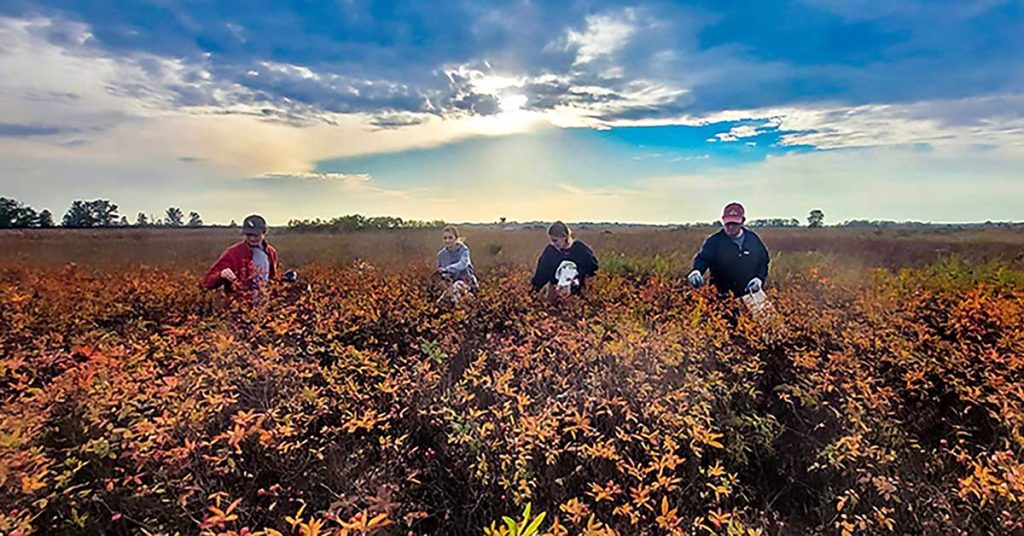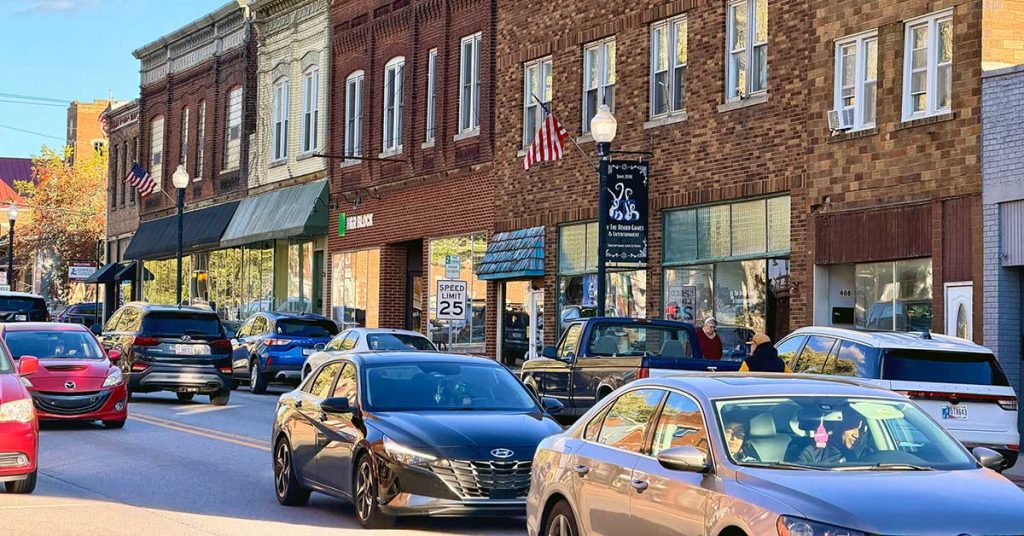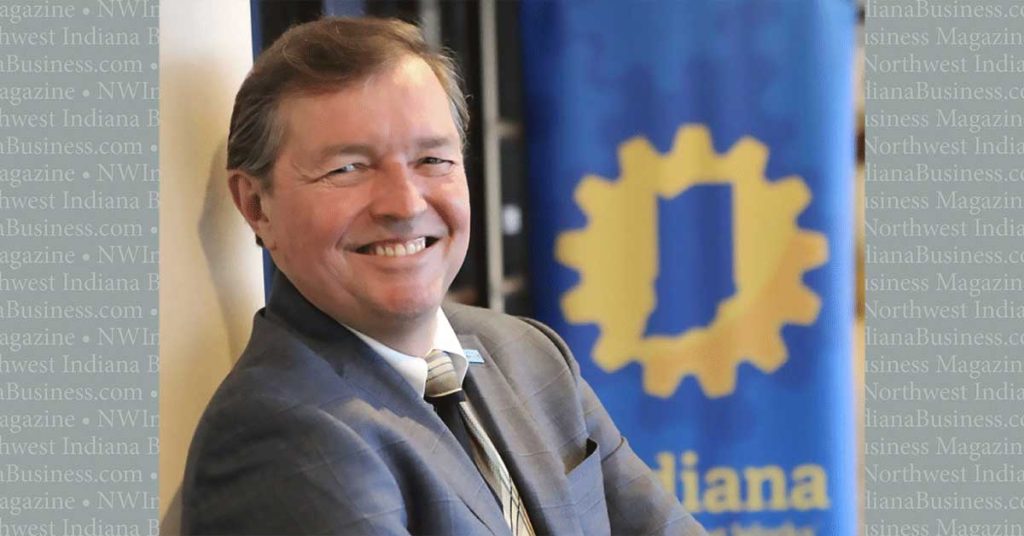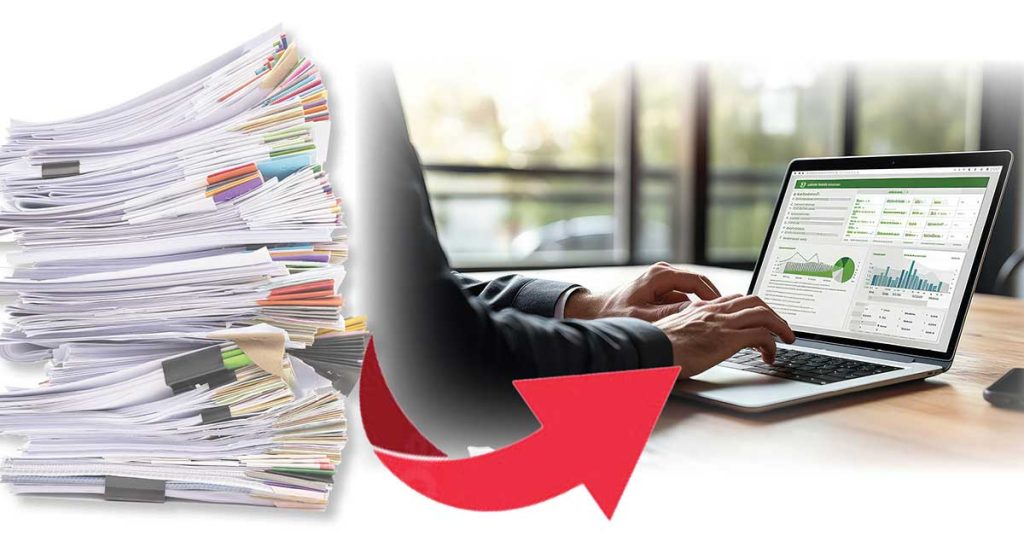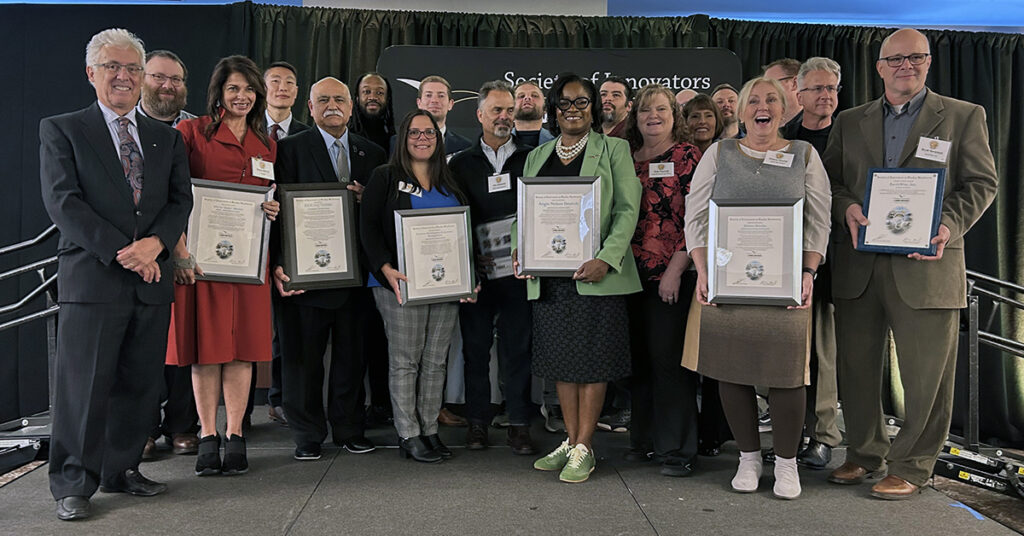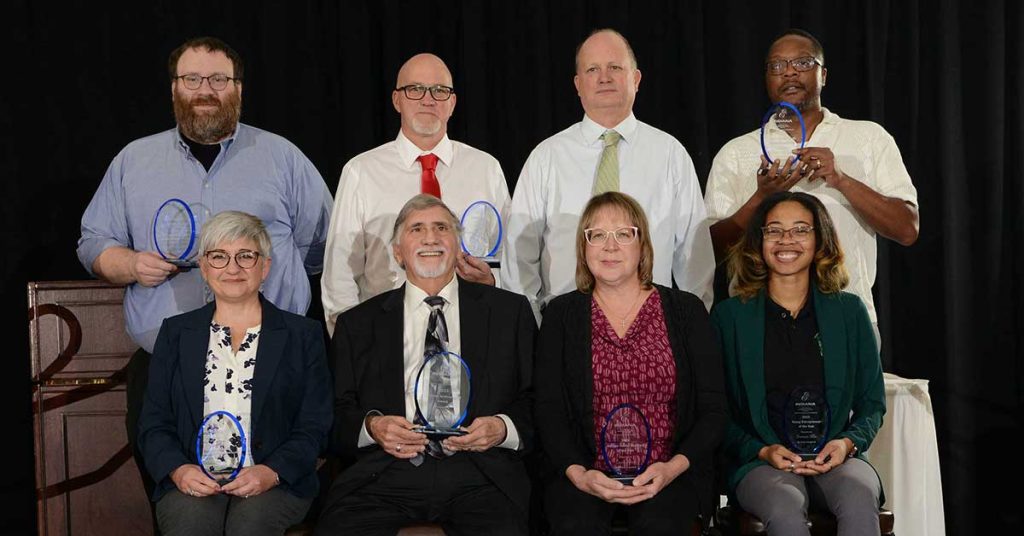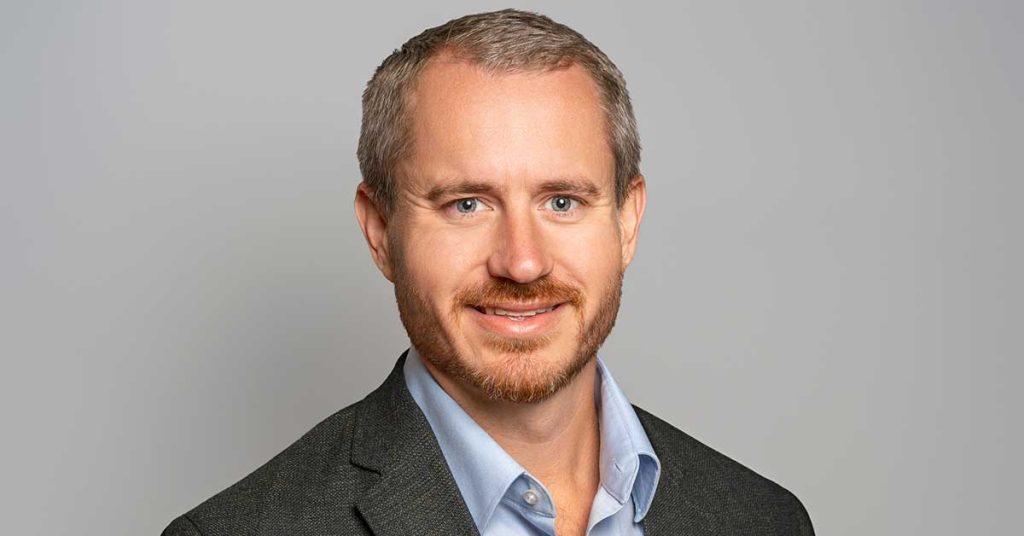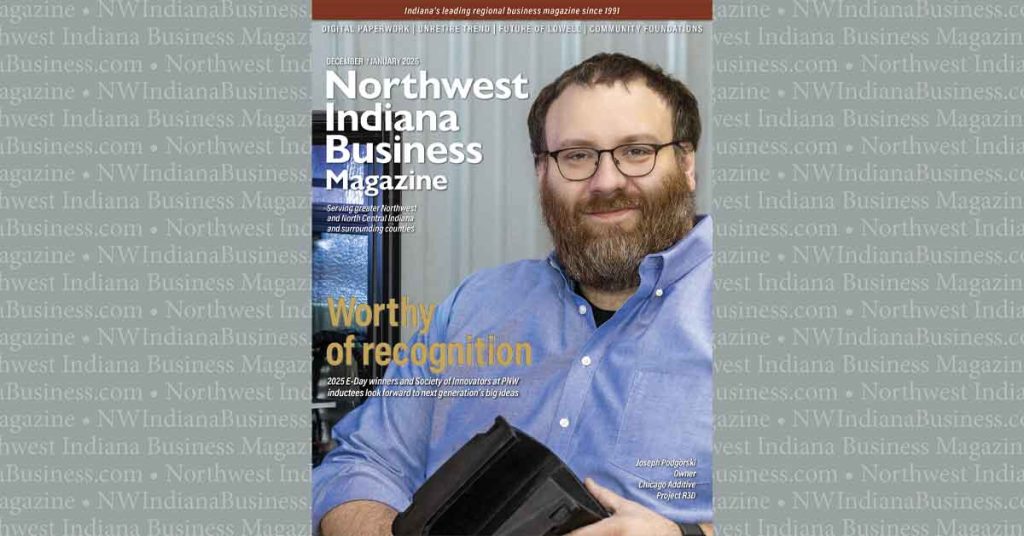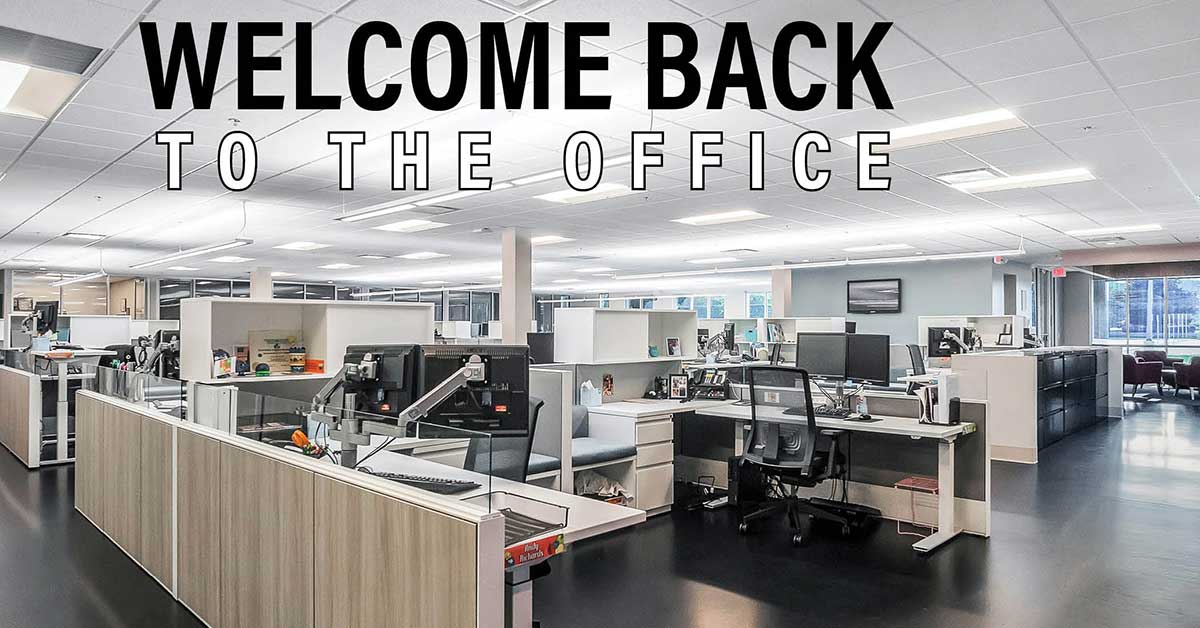
Experts share design trends that can help employees feel more at home
As calls for the return to the office continue, one thing is for sure: the nature of work has changed forever.
Regional experts agree that the pandemic really threw a wrench into how work gets done and where it gets done.
“In very plain words, the pandemic upset our applecarts,” said Rita Bacevich, Northwest Indiana director of strategic initiatives for Office Interiors based in Granger.
“What we thought would be a short-lived quarantine turned into a long-term, life-changing event.”
Now with five years in the collective rearview mirror, companies are rethinking work-from-home policies and redesigning their office spaces to better accommodate hybrid and flexible work schedules.
Even if employees are required to be in the office, clients might not be. Quiet spaces for virtual meetings and confidential phone calls are working their way into traditional office design.
“Whether hybrid or full time, the workplace needs to shake off the cobwebs and become a more inviting, productive, healthy environment,” Bacevich said.
That change includes coworking and alternative working spaces like WeCreate’s Lower Lincoln in Valparaiso.
“I think that the office of today has evolved quite a bit in the last five years,” said Wade Breitzke, CEO of WeCreate Media LLC, in Valparaiso. “Obviously, I think that we’ve become a society that is more or less about work-life balance and more about work-life integration.”
Bacevich said that asking workers to return to the office full time is easier said than done because employees like the flexibility of working from home.
“For many of us, that prolonged shift resulted in an epiphany of what we value in our lives,” she said.
Change in thought
For most that mindset is a direct result of the effects on offices and workplaces shutting down or shifting work to home during the pandemic.
“For many, this meant working on the living room sofa, while trying to keep an eye on a fourth-grade math lesson that we did not understand, while trying to quiet the golden retriever barking at squirrels,” Bacevich said.
But this arrangement wasn’t the best for employee health or productivity, she said. Some firms are now requiring workers to get back to the office the entire week or at least part of the time.
“For some, this mode of work transitioned into a hybrid arrangement, which meant establishing a more constructive workspace within the home, but it also meant returning to a now dusty cubicle for a few days each week —not ideal or attractive,” she said.
That’s where companies like HDW, an Office Interiors Inc. Co., in Merrillville, can help. Her firm designs office concepts and arrangements that make it more welcoming for individuals to want to come back to work.
“With the changing workplace, we find employers embracing the need to design for the individual’s well-being as well as for enhanced group interactions,” said Bacevich, who founded HDW Commercial Interiors in 1991. She joined forces with Office Interiors earlier this year.
For example, equipping individuals with height-adjustable desks or ergonomic seating can be simple, inexpensive retrofits, she said.
There are also rooms set aside for video meetings for those not on site.
“Zoom/Teams rooms are becoming commonplace in our need for team and client meetings,” she said. “We’re being asked to outfit small group Teams rooms (often private offices in a former life) with effective AV technology, sound masking and modern, reconfigurable furniture.”
With more demand for these work tools, Bacevich said prices are decreasing due to product competition.
Also, on the rise are comfort zones, areas of inviting lounge furniture for collaboration interaction, as well as small acoustical, privacy pods for individual work and quiet phone calls.
While some may bristle at these accommodations for workers, Bacevich said today’s competitive business environment requires perks beyond the norm.
“Excellent talent is out there, but employers need to be more aware of considerations and surroundings in their quest to compete for and to retain talent,” Bacevich said. “The bottom line is recognizing and caring about our co-workers as individuals and surrounding them with tools to support their individual growth, the growth of their teams and the growth of the organization.”
Breitzke put his money where his mouth is when he opened his firm’s work area as a space for others to use.
“The office of today is not your traditional 9 to 5, but more personal than ever, but at the same time, respecting those personal boundaries to elevate and have flexibility around certain expectations,” Breitzke said. “I think in order to be competitive, this is what (companies) have to do.”
But, he said, unique spaces should not be seen as the sole factor in keeping employees happy.
“I would say to employers: ‘It is my hope that your environment is not one in which you need to motivate people but rather hire motivated people,’” he said.
Conservative influence
Even post-pandemic, office design concepts can still be more conservative and traditional in Indiana, said Robin Witte, lead architect at Facet Architecture, a division of Larson-Danielson Construction, which is based in La Porte.
“I still design office spaces that have a mixture of enclosed private offices and then open workstation areas,” she said. “And that really hasn’t changed. I think the preference for individuals is a little bit more privacy.”
Perhaps the biggest change Witte sees is designing open office areas with workstations.
“(Companies) are providing private breakout locations where employees can go and take a phone call or have a small meeting. It all depends on the client and some of the work they do,” Witte said. “Some clients have more of a need for privacy. They have conversations that can’t be leaked, and other people shouldn’t be hearing them, so that really will reflect in how their project is designed whether they need more private spaces or open spaces are fine.”
Witte is seeing more offices have workstations that can be shared with others.
“Everyone essentially gets their own drawer to put their private stuff in that they can lock. But then, if they’re not there that day, another person can use that workstation,” Witte said. “Everyone has their own private, lockable area, but then the workstation is something that multiple people use.”
In the 1990s, more emphasis was placed on some managers and higher ups using private offices, with assistants in the open area.
Then came the era of everyone in the same space with no private offices, only open work areas.
“Everyone was all together. What it created was more of a democratic feeling in this space where everyone’s on the same team,” Witte said. “Now it’s more of a combination of the two, where we have open office and private space as well.”
Coworking options
Other at-home businesses or entrepreneurs aren’t ready or can’t afford a return to the office. For them, long-term office space is out of reach. That doesn’t mean they don’t need a more professional setting for meetings with clients or space to get lost in work.
That’s where coworking fits in. Although the concept was around well before the pandemic, shared space has been steadily on the rise, according to CoworkingCafe, a listing service for flexible workspaces.
In 2022, Breitzke opened Lower Lincoln, a work, club and event space in downtown Valparaiso.
“We actually turned our office into a coworking office,” Breitzke said. “Our office is not only for our people, but it’s for the community at large.”
The concept fosters collaboration and an openness to ideas.
“We like to call it your neighborhood work club,” he said. “Imagine it like a hotel lobby or a nice coffee shop, but exclusively for ambitious people that are both neighborly, they’re spirited, they’re confident, they’re the kind of people that you want to surround yourself with. And so, when it comes to the environment, I would say it’s somewhat swanky, is what I’ll say.”
This “swanky” environment spurs innovation and unique thought, Breitzke said.
“It’s just an environment that’s not typical, and it’s breaking the mold. It’s encouraging creativity,” he said.
He also likes to offer amenities that keep people coming back, including local favorite Fluid Coffee Roasters cold brew on tap. Music and internet are always on too.
“We’re really high-tech enabled, but at the same time, a big open, collaborative space,” Breitzke said. “We kind of have all the bells and whistles to encourage people to be there, be their best version of themselves.”
He isn’t the only one hoping to catch the trend.
Joseph Thomas, of Schererville, is the owner of Suite Lux, a 5,000-square-foot coworking community space complete with offices for daily and long-term leases. The grand opening was scheduled for August.
It comes with a studio for those wishing to delve into podcasting.
“Also, we’re like three minutes from the new train station in Munster,” he said. “I felt like as far as location, let me get ahead of that and get positioned for a quick commute back and forth from Chicago.”
Thomas said he wants the space to be more than a place to work but a community of like-minded people.
“We want people to be able to benefit from the other people here in the community,” he said. “For example, there’s a guy that does business cards. There’s a guy here that builds websites. We really want to string together our community. When you walk in, you start to see things that you can take advantage of and find value in you.”
Thomas said the coworking office is great for people who may be running a business out of their home but don’t want to meet clients there.
“If you’re in East Chicago and you run a great business, and you only can register to your home address, I think you’d be better off down here in Munster registering your business if it was affordable for you to do. It’s just the aesthetics,” Thomas said.
For Thomas, who remembers the days of meeting clients at a local coffee shop, that’s not always the best option. But neither is leasing a professional space for long-term use.
“Some people may only need it a couple days a week. We want to facilitate that,” Thomas said. “You know, some people need something a little more serious and more quiet than a coffee shop.” •
Read more stories from the current issue of Northwest Indiana Business Magazine.


